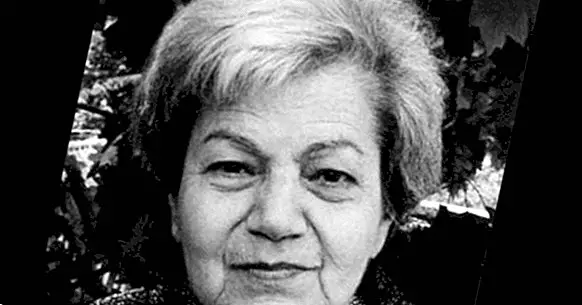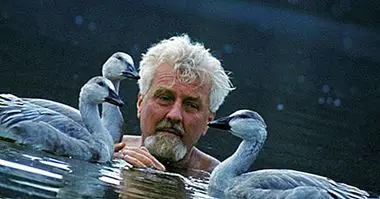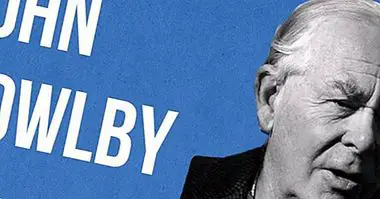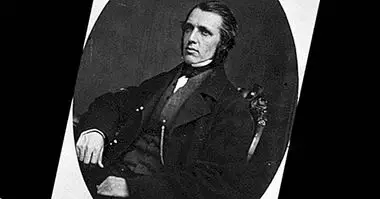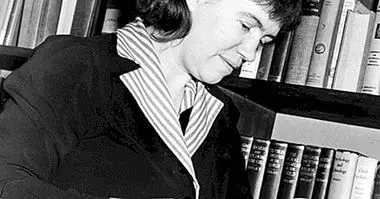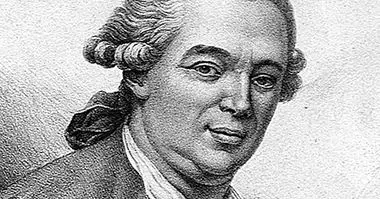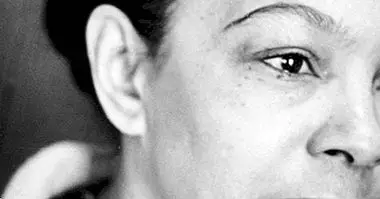Margaret Mahler: biography of this psychoanalyst
Child development and how the human being gradually acquires an identity of its own from the stimulation of the environment and the elaboration of the Self have been the object of frequent study on the part of psychology. Different models and explanations have been established in this regard.
One of the best-known authors in this regard is Margaret Mahler, psychoanalytic author specializing in child development and in psychotic disorders in minors. Next we will review his life and work through a short biography of Margaret Mahler.
- Related article: "History of Psychology: authors and main theories"
Brief biography of Margaret Mahler: early years
Margaret Schonberger, that was her birth name until she acquired the surname of her husband, she was born in Sopron (Hungary) during the year 1897.
Daughter of a doctor and a housewife of Jewish origins, Margaret was the first of two sisters. While her father always treated her correctly and encouraged her to investigate (for the time in question it was considered that he offered the same treatment as if he had been born a man), with his mother never had a relationship too close.
Margaret Mahler he was interested from childhood by science , probably partly due to his father's profession. In her adolescence she was encouraged to read psychoanalytic authors such as Sigmund Freud, interested in the subject of psychology and the unconscious.
He began the career of History of Art at the University of Budapest in 1916, but ended up deciding to change and make medicine, being transferred to the University of Munich and beginning to specialize in pediatrics. However, at that time anti-Semitism began to be promoted and accentuated and, being of Jewish origin, decided to move to Jenna until his graduation in 1922, seeing how the game and affective attachments were fundamental in the physical and mental development of children.
- Maybe you're interested: "Anna Freud: biography and work of the successor of Sigmund Freud"
Transfer to Vienna and approach to psychoanalysis
That same year, Margaret Schonberger would receive the news that she could not remain in Germany, being forced to move to Vienna. The author had already begun in Jenna to be interested in attachment relationships between parents and children , which once in Vienna led her to be more actively interested in psychoanalytic theory and to be trained in this area. In 1933 it would become part of the Psychoanalytic Institute of Vienna.
WWII
In 1936 he married Paul Mahler, from whom he would absorb the surname . However, her husband's business and activities practically bankrupted them.
Shortly after their marriage the Nazi army took control of Austria, which forced to move to England (thanks in large part to the intervention of the wife of the Viceroy of India) in order to escape.
Later they moved to the United States, where she would try to get her family to join her. However, his mother was deported and murdered in Auschwitz while his father died before the Nazis invaded the region.
Life in the United States and death
In the years after the Second World War, Margaret Mahler started working and researching psychosis and autism . He managed to practice at the Psychoanalytic Institute of Philadelphia. It would also be accepted at the Psychoanalytic Society of New York and at the Institute of Human Development.
It was at this time that he would establish most of his theory regarding the mother-child symbiosis and the progressive acquisition of identity and autonomy . She was also one of the first psychologists to specialize in infants with psychotic disorders, creating the center specialized in it, the Masters Therapeutic Nursery, and another focused on individuation and separation, the Masters Children Center, in 1957.
The author received several recognitions and awards in honor of her contribution throughout her life, especially in her last years. Margaret Mahler died in 1985 in New York City.
- Related article: "The 4 types of Autism and its characteristics"
Contributions
The work of Margaret Mahler focused mainly on the treatment of childhood, making theoretical contributions in the psychoanalytic field of human development .
One of his most recognized theories deals with individuation. For Mahler the personality of a child begins to be forged thanks to the interaction with other people, initially fused with the figure of the mother as the baby is not able to differentiate and distinguish between what I am and what is not.Throughout the development the infant will try to separate and become an independent entity throughout different phases.
First, during the first month of life the child would be in the phase that he calls normal autism, in which he does not respond to external stimulation and spends more time asleep than awake.
From the second month between the symbiosis phase, in which the baby is not able to distinguish between me and not me and is in a stage of fusion with the mother.
In the fourth month of life usually the first attempts at differentiation are already observed, entering the final phase of separation and individuation , starting the subject to explore for himself, although he needs the mother figure to be close. After a year he begins to practice locomotion and separation with the mother, temporarily. After that, a conflicting sub-period between dependency and independence begins, which will culminate approximately after two years of age when he has a permanent Self and begins to be aware that others have their own psyche alien to their own.
- Related article: "Karen Horney and her theory about neurotic personality"

